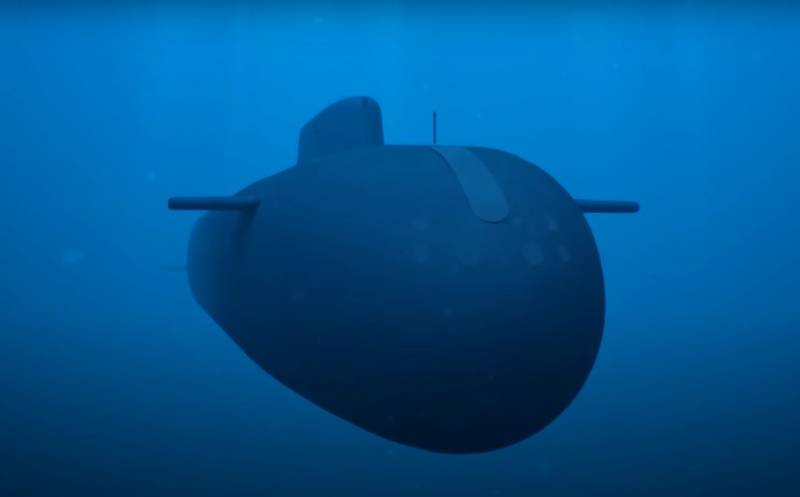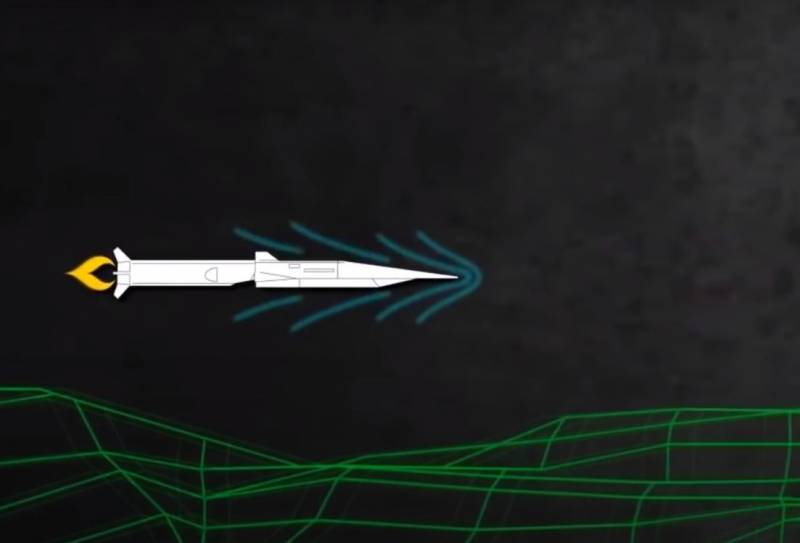German columnist on how the Poseidons and Zircons keep Russia as a great power
The German edition of Focus believes that the build-up of new types of weapons, primarily such as the Poseidon nuclear underwater unmanned vehicle and the Zircon hypersonic missile, is viewed by Russian President Vladimir Putin as a way to change the alignment in world politics and assert the status of Russia as great power.
The author of Focus, Thomas Jaeger, believes that Russian foreign policy has always served two main tasks - to ensure the inviolability of the existing political system and order in Russia, and to assert Russian interests in strategically important parts of the world. Today Russia is actively involved in military and political conflicts in the Middle East and Africa, ensures the protection of its interests in the Arctic region, and at the same time is pushing its line everywhere. This becomes possible, among other things, thanks to the development and adoption of new types of weapons.
During the Cold War, nuclear weapons were the main means of mutual deterrence for both Russia and the United States. But now the situation has changed a little. First, the Treaty on the Elimination of Ground-Based Intermediate-Range and Shorter-Range Missiles was terminated, and the US and NATO forces have advanced eastward very strongly and in the Baltics are right on the Russian borders. Secondly, the era of the use of space and its potential for military purposes has begun. In space, according to Thomas Jaeger, the United States and China play the main role, and it is between them that the main competition for dominance in outer space unfolds.
A German analyst writes that around 2008, Russia began developing new weapons that could be extremely effective even if the sky is controlled by the United States or China. We are talking about weapons directed from the depths of the ocean. Then Putin announced the creation of an underwater drone "Poseidon", which, in fact, is a very serious weapon. Even US military experts believe that the Poseidon is very fast and quiet, so that it can be quickly detected and neutralized.
If Poseidon breaks through to the American coast, then most of the US infrastructure will be at risk of destruction. New York, Los Angeles, San Francisco may be covered by a radioactive tsunami and will end so ingloriously story American civilization. The Chinese also have to be afraid: in the event of a conflict with Russia, the same fate may befall most of the key Chinese cities, including Shanghai and Beijing itself.
Another very dangerous Russian weapon is the Zircon hypersonic missile. As Jaeger writes, it is virtually impossible to resist because of its colossal hypersonic speed. The means of defense against such missiles have not yet been developed even in the United States, let alone China.
However, according to the German analyst, these types of weapons are not instruments of Russian aggression. On the contrary, Moscow is trying with their help to ensure the protection of its national sovereignty and to prevent a situation in which Russia would be subordinated to the interests of either the United States or China, and would play the role of a satellite of one of these powers.
It is to preserve independence in foreign policy and the status of a great power, according to the author of Focus, that the Russian defense industry continues to develop and create new ultra-modern types of weapons.


Information